-

·
How the 2025 Tariffs Could Impact the AEC Industry
What Architects Need to Know How the April 2025 tariffs can affect costs, supply chains, and client strategy for architecture firms worldwide. The April 2025 tariff changes have introduced new cost pressures and operational uncertainties throughout the Architecture, Engineering, and Construction (AEC) sector. While the long-term impact remains unclear, early signals point to rising material…
-

·
Anatomy of a Successful Business
Agile Architecture Studio Model Increasingly, it appears that the small architecture studio is not simply a miniature version of a large practice. It operates as a distinct business model; it is agile, focused, and strategically lean. In response to shifting global economies, construction methods, and the influence of digital platforms, small firms are redefining what…
-
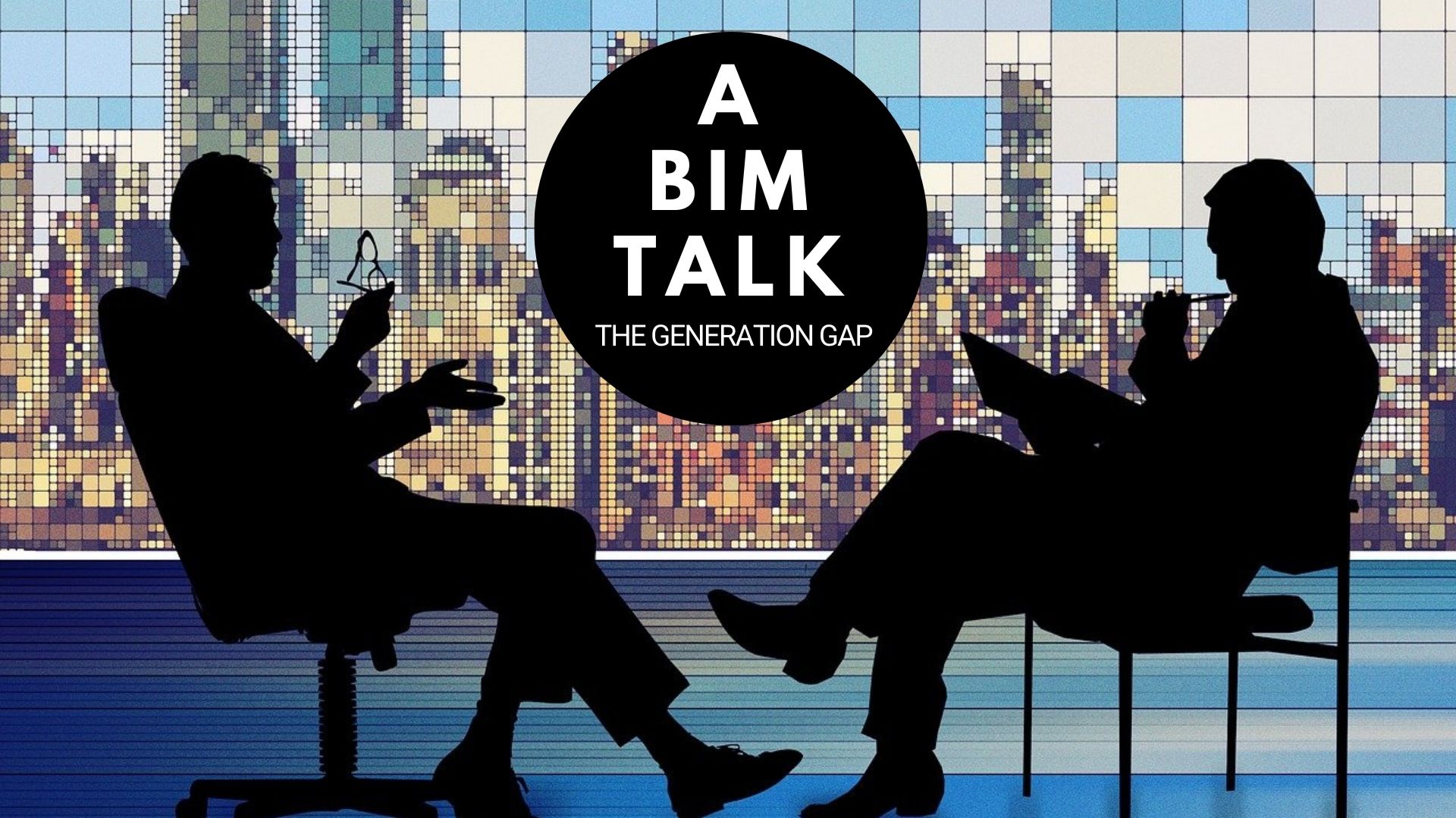
·
BIM Reality; Beyond the Hype
BIM is fundamental to modern architecture, but its full digital integration remains a challenge across the industry. Despite its widespread use, full digital adoption remains inconsistent, particularly in smaller firms and across different skill areas, including AI, automation, and data-driven workflows. As BIM evolves, how can professionals at all levels adapt and contribute to its…
-

·
Finch 3D: The Business of Sustainable Design
How Small Architecture Firms Can Leverage Finch 3D for Sustainable Profits in 2025 For small architecture firms, sustainable design often demands more time and expertise than traditional projects, making profitability a challenge. Clients expect eco-friendly solutions, but stricter regulations and added design complexities can slow down workflows. Finch 3D offers a solution by automating sustainability…
-

·
Biennale College Architettura 2025: A Strategic Opportunity for Small Firms
The 19th International Architecture Exhibition, Biennale Architettura 2025, curated by Carlo Ratti, will open in Venice on May 10, running through November 23, 2025. Under the theme Intelligens. Natural. Artificial. Collective., the exhibition frames architecture’s response to the climate crisis through a lens of multidisciplinary intelligence. While Ratti’s curatorial narrative and the event’s scale command…
-

·
A Business Model for Sustainable African Architecture
Meet Mariam Issoufou; Trailblazer Architect from Niger Mariam Issoufou, a Nigerien architect passionate about sustainable and contextually grounded design, has distinguished herself in the architectural field. Her firm, Mariam Issoufou Architects, provides a compelling model for architects globally, especially those working in emerging markets. This post examines the core principles of her practice, demonstrating how…
-
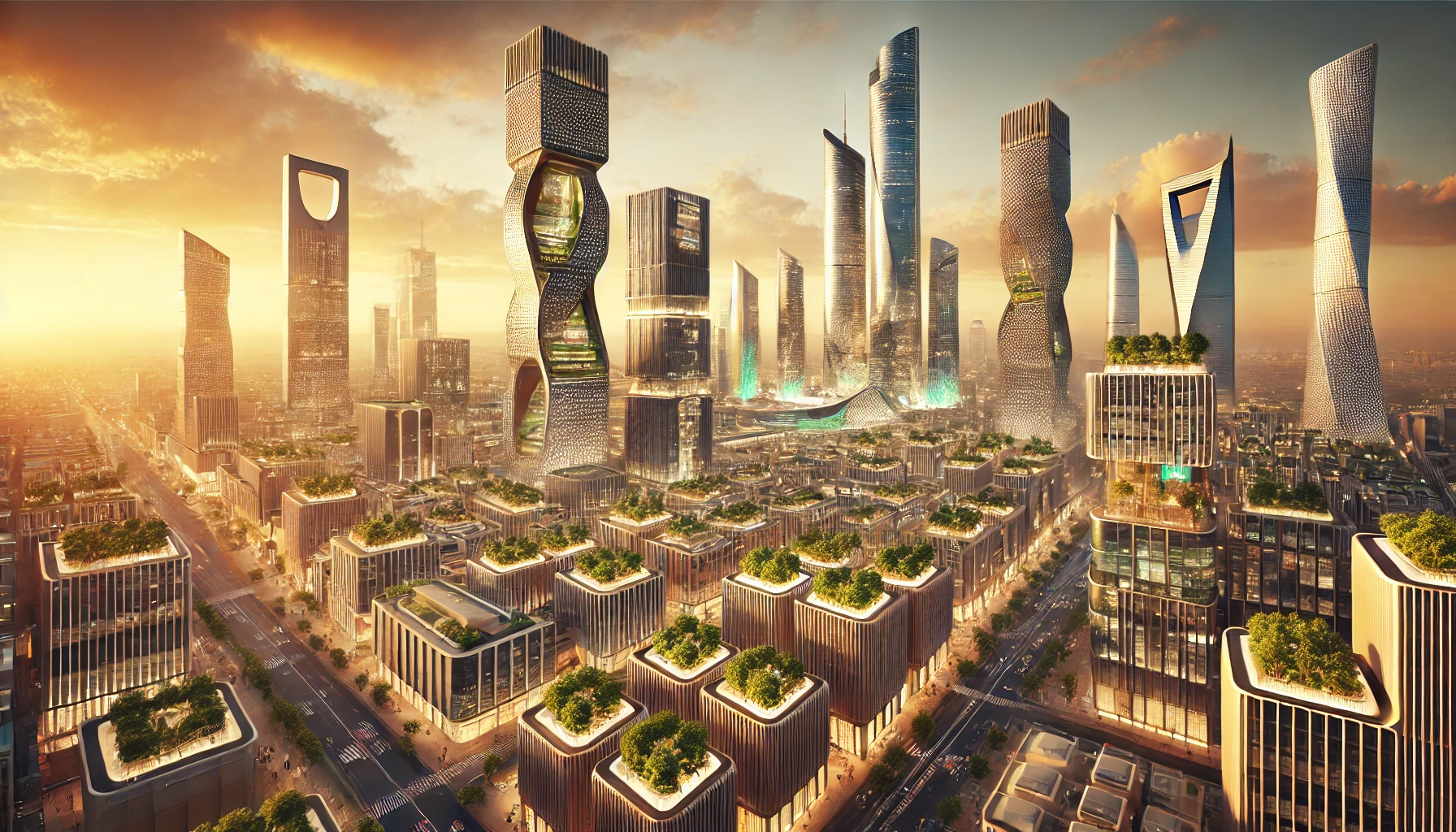
·
Architectural Trends Shaping the Industry Today: Reflections
‘Cities are built, but the world is impacted. Urban design creates either a sustainable legacy or an environmental liability’ The global architectural scene is a hotbed of innovation. New projects are constantly pushing the boundaries of design, technology, and cultural relevance. From the soaring heights of the Jeddah Tower, a key example of vertical urbanism,…
-

·
Why Architecture’s Blind Spots Are Hurting Our Cities
Contemporary architecture’s narrow focus on the main facade at the expense of the wider urban context has produced a visually discordant urban landscape that detracts from the overall aesthetic coherence of cities. Reclaiming the Forgotten Facades: The Missing Dimension in Architecture Contemporary architecture often prioritizes the main facade, crafting dramatic and visually arresting designs for…
-

·
Why Architecture Must Design for Chaos; Not Stability
Architects at the Forefront of Rebuilding Societies The way we build our cities can exacerbate the impact of disasters, turning shelters into death traps. Architecture, however, must be a force for sustainable resilience, not fragility! Thriving through Chaos “Chaos: the inherent unpredictability in the behavior of a complex natural system” – Merriam Webster What if…
-
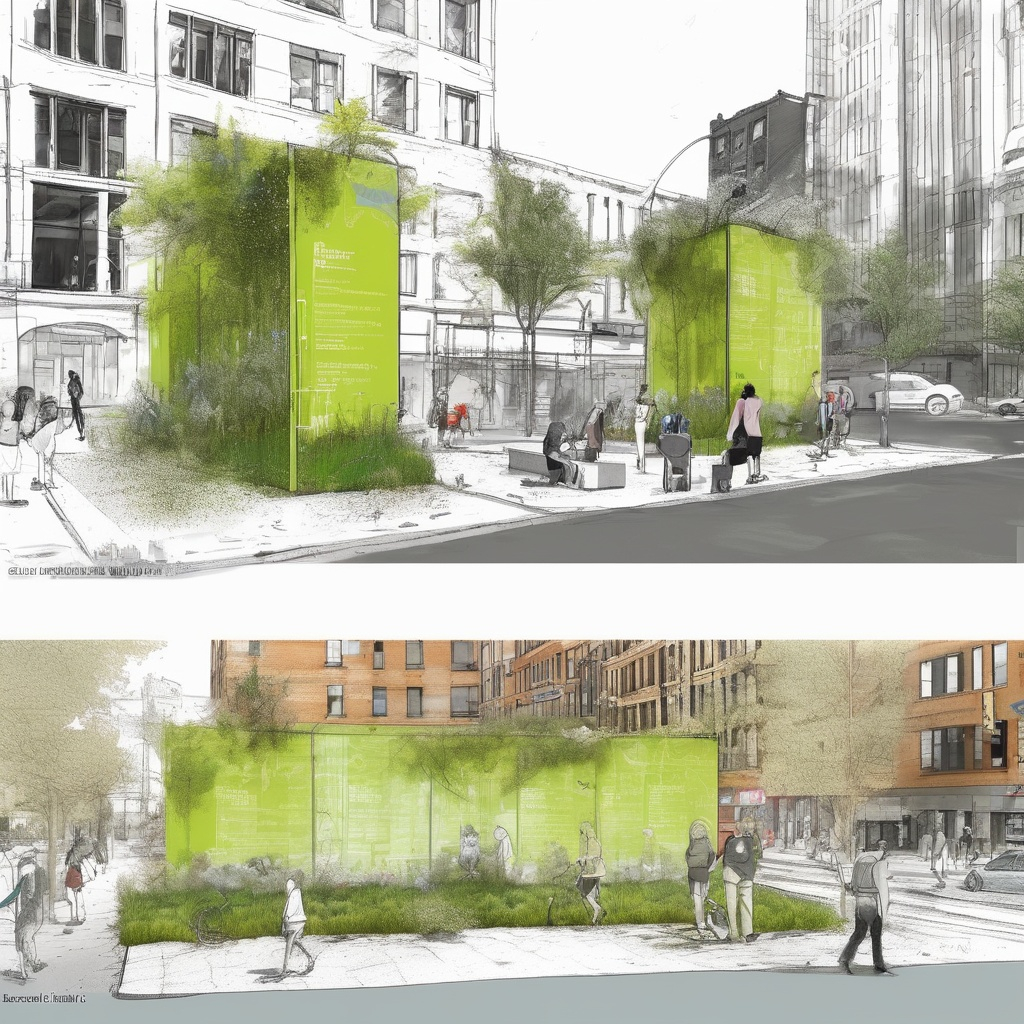
·
The Right to Sanitation: Leveraging the Public Urination Crisis
The global crisis of public urination, a persistent urban blight, has plagued cities for centuries. Despite the UN SDG’s recognition of sanitation as a fundamental human right, the issue remains unresolved, even in areas with public toilets. In cities where such facilities are scarce or inaccessible, the problem is exacerbated. While societal attitudes and personal…
-

·
The Genius Architecture of Shibam: Yemen
A Timeless Model of Sustainable and Human-Centric Design Nestled in Yemen’s Hadhramaut region, Shibam stands as a testament to human ingenuity and a model of sustainable and human-centric design. Renowned for its towering mudbrick buildings, some reaching up to 11 stories, the city showcases how ancient communities thrived by working in harmony with their environment.…
-

·
The Space Architect: Design for Extreme Environments
What is Space Architecture? Simply said, space architecture is the design and engineering of structures for use in outer space. It is design and construction for extreme environments where the primary goal is to create a livable environment that protects inhabitants from external elements and maintain life. However, designing for space introduces unprecedented constraints such…
-

·
Space Architecture: Beyond Earth!
In a thought-provoking Hub Talk, Dr. Samer El Sayary challenges us to envision a future where design meets the needs of humanity in the outer space. An inspiring conversation that ventured into uncharted territory, exploring concepts that could one day sustain life on distant planets. Sparking curiosity and pushing the boundaries of possibility, this hub-talk…
-

·
The Practice of Architecture: Lessons Learnt from Covid19
COVID-19 transformed our world, profoundly influencing architecture in ways that continue to shape the profession. In this Hub-Talk, four leading voices across the architectural spectrum share valuable insights on the lessons learnt, offering unique perspectives on how the pandemic has reshaped business planning, design thinking, construction processes, and our fundamental approach to creating resilient, adaptive…
-

·
3D Construction: Has the Future Arrived?
A Talk with Sebastian Andraos, CEO and Co-Founder at HAL Robotics, about 3D Construction Techniques, in particular Digital Automation The Architects’ Hub Qatar had the privilege of hosting a thought-provoking conversation with Sebastian Andraos, a visionary in the field of human-machine interactions and co-founder of HAL Robotics. His insights into the potential of 3D printing…
-

·
The Power of Bamboo: A Talk with Simón Vélez
Simón Vélez Architects, Colombia The Future is into Natural Materials. It is the only way to save the planet. The Architects’ Hub had the distinct pleasure of engaging in an exclusive dialogue with the renowned architect, Simón Vélez, at the idyllic Heenat Salma Farm in Doha, Qatar. Over a cup of aromatic coffee, Loubna Agzafi…
-

·
The Power of AI: How Advanced Robotics Can Transform Small Architecture Firms
Small architecture firms today face the challenge of staying competitive while managing limited resources. Humanoid robots, like Tesla’s Optimus, could offer a game-changing solution. Unlike traditional AI software, humanoid robots combine advanced technology with human-like interaction, helping architects streamline operations and enhance the client experience. For boutique studios, these robots can handle both simple tasks…
-

·
Architecture in the Digital Sphere; Gaming Advantage
Zaha Hadid Architects and Fortnite Re-imagine London In the dynamic landscape of contemporary architecture, dominating the market requires a relentless pursuit of innovation. In this article, I explore how architectural firms can gain a competitive edge by embracing innovation and adapting to changing market conditions. I will be using the recent collaboration between Zaha Hadid…
-

·
Architect’s Guide to Market Opportunities: Capitalizing on Industry Trends
According to a 2023 Architectural Services Industry Report by Benchmark International, the global architectural services market is set to grow steadily at a “4.8% compound annual growth rate (CAGR) through 2030″. “The architectural services industry comprises various companies that design and plan buildings and structures spanning residential, institutional, leisure, commercial, and industrial spaces. Key areas…
-
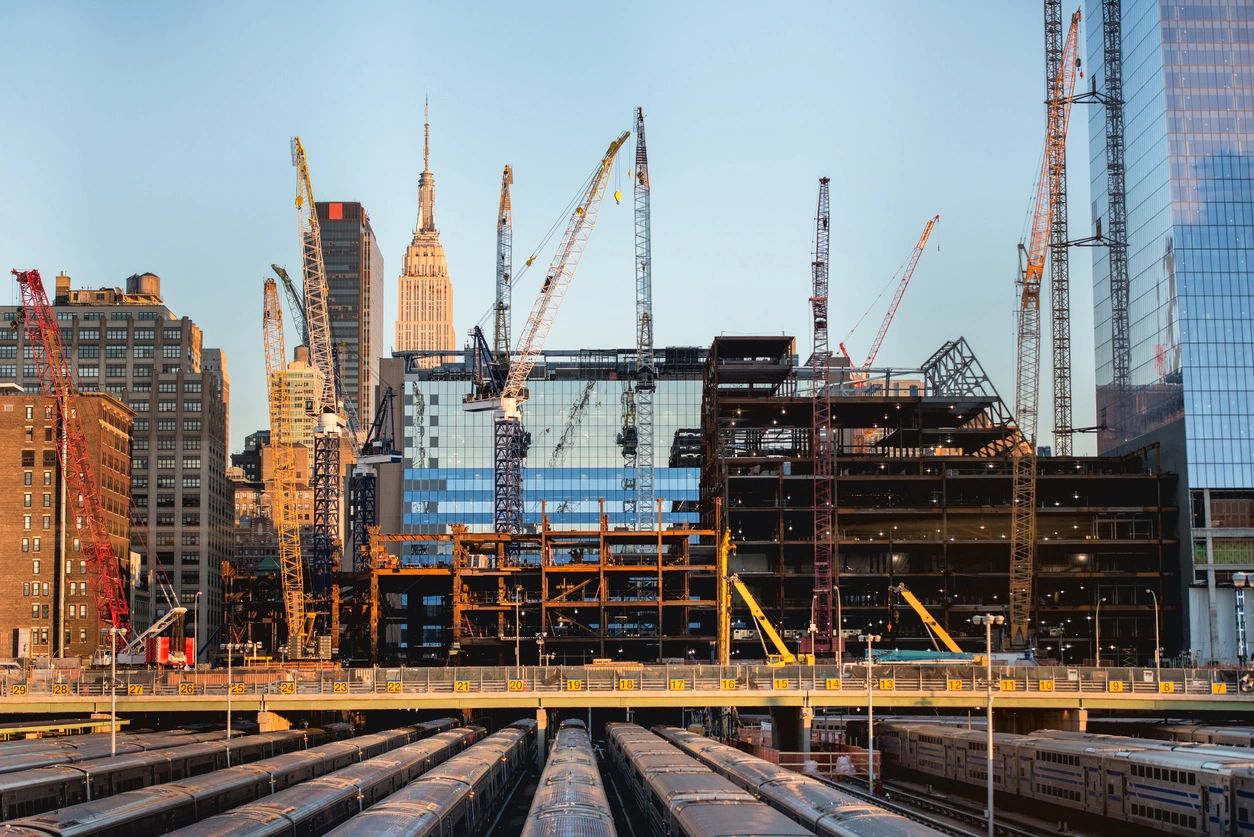
·
Navigating the Post-AI Landscape
Artificial Intelligence has transitioned from a futuristic concept to an indispensable tool for architects. It’s no longer a question of if AI will transform architecture, but how. Post-AI marks a stage where AI is a strategic imperative for growth, offering architects unique opportunities to disrupt their practices. AI may not take over the architects’ job,…
-

·
AUC Campus Architecture; Sustainable Design
Introduction The American University in Cairo’s New Cairo Campus spans 260 acres and is designed to accommodate over 6,500 students and 2,500 faculty and staff. It includes a range of academic facilities, including five schools, a Campus Center, a library, modern classrooms and laboratories, and multiple open courtyards. The campus integrates advanced technology, environmental sustainability,…
-
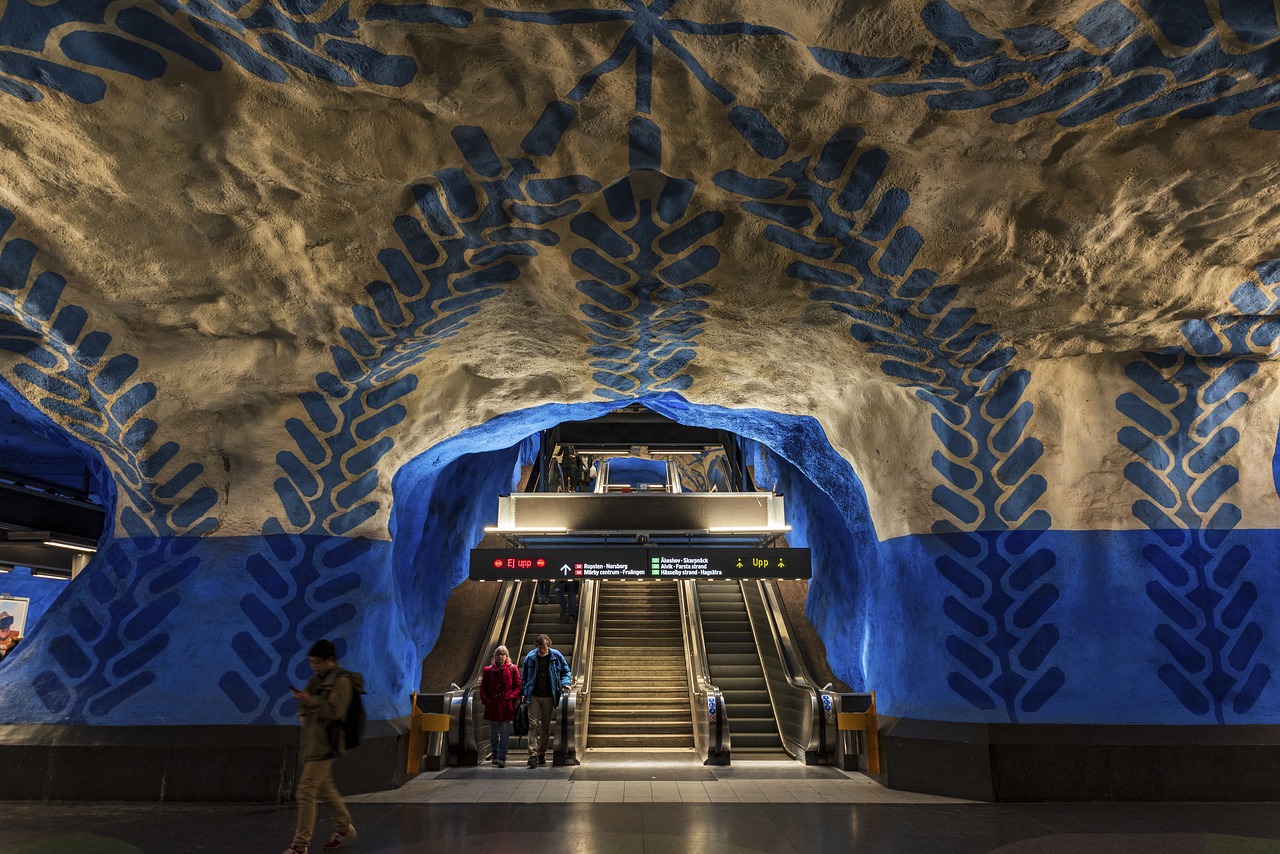
·
Subterranean Architecture and Concealed Spaces
In architecture, the exploration of subterranean spaces offers a compelling narrative of innovation and adaptation. While above-ground structures often capture the public’s imagination, the world beneath our feet holds a trove of architectural marvels that blend historical ingenuity with contemporary advancements. This post reveals how hidden spaces address diverse challenges, from urban density to environmental…
-

·
One Square Meter Living
Recent studies emphasize the role of micro-architecture in urban planning, highlighting its contributions to sustainability and livability. By minimizing individual dwelling footprints, micro-architecture enables the creation of green spaces within dense urban environments, which are essential for mitigating the urban heat island effect, improving air quality, and supporting biodiversity
-

·
Rebuilding Communities after Conflict
Disasters, whether natural or man-made, devastate communities, leaving millions without homes. In these critical times, the need for housing extends beyond mere shelter. Displaced populations require structures that ensure physical security and foster emotional well-being. Architects, with their unique skills and understanding of these complexities, are pivotal in crafting comprehensive design briefs for disaster relief…
-

·
Architects Redefining Sustainable Design
Sustainable architecture continues to push boundaries, combining innovative design with eco-friendly solutions to directly combat climate change. Here are five cutting-edge projects from around the world that stand out for their unique approaches to sustainability and their potential to inspire future architectural practices.
-

·
From Olympic Medals to Monuments: the role of architecture
Architecture has always been at the heart of the Olympic Games, even when it’s not directly competing for a medal, as was the case from 1912 to 1948. Architecture is the very visible, yet ‘invisible’ hand shaping the Olympic experience, transforming host cities into arenas of design innovation. The iconic structures of Olympic venues, competition…
-

·
Urban Infills and Micro Pocket Parks
Transforming Underutilized Spaces with Micro Architecture. As cities around the world continue to grow and evolve, the challenge of maximizing limited urban space becomes increasingly pressing. Urban infill, the process of developing vacant or underutilized parcels within existing urban areas, offers a sustainable solution to this challenge. One emerging trend within urban infill is the…
-
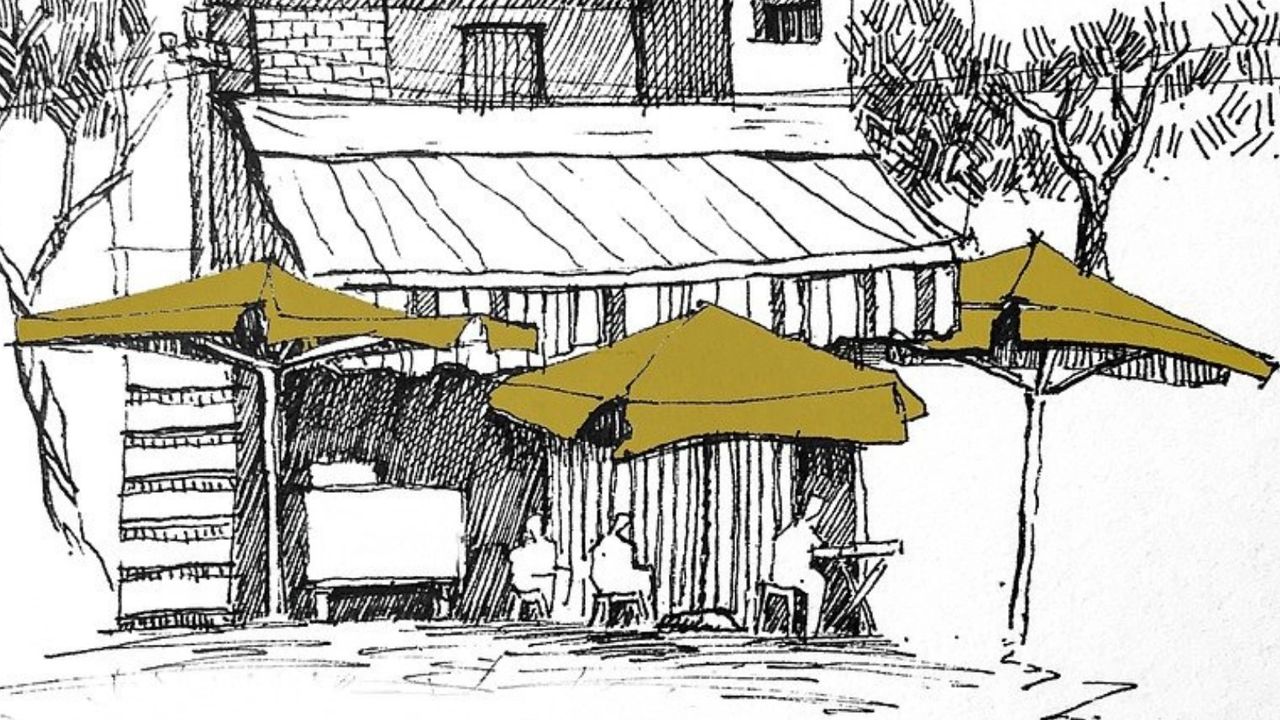
·
The Rise of Micro-Architecture
The Tiny Homes Market size is estimated at USD 19.20 billion in 2024, and is expected to reach USD 27.20 billion by 2029, growing at a CAGR of 5% during the forecast period (2024-2029).” – Mordor Intelligence
-

·
A Viable CSR Business Strategy; Pro-bono in Architecture
What Does Your CSR Look Like? Is pro-bono work a feasible and beneficial component of your firm’s CSR strategy? Can it support sustainable design and construction? Architecture is fundamentally about social responsibility and accountability. The enduring nature of buildings and their far-reaching impact on humanity and the environment demand a holistic consideration of all aspects, even…
-

·
7 Key Trends in Sustainable Architecture
Build Your Competitive Edge in 2024. “In the lineup of climate villains, architecture towers above many” – New York Times In a world where buildings consume nearly 40% of global energy and produce approximately one-third of greenhouse gas emissions, it’s clear that architects hold the key to unlocking a more sustainable future. This is according to…
-

·
Regenerative Architecture
In an era marked by rapid urbanization and intensifying climate change, it’s crucial for the architecture industry to evolve beyond the tenets of conventional sustainable design. To truly make a lasting impact, I believe the industry must shift its focus towards holistic and regenerative design practices that prioritize rejuvenating the environment and fostering a net-positive…
-

·
Building a Resilient Architecture Team; Expertise and Staffing
Your Team is the Backbone of your practice, instrumental in driving innovation, fostering client satisfaction, and ensuring long-term success.
-

·
Tips to Future-Proof your Architectural Practice
7 Basic Strategies to adopt To stay relevant in a rapidly evolving industry, being ahead of trends, and not just keeping up, is key to ensuring a resilient architectural practice.
-

·
Why Architects Need Business Savvy in Today’s Market
Many aspiring architects fall prey to the misconception that exceptional design will automatically attract clients. While a strong portfolio is crucial, it’s just one piece of the puzzle. Clients are looking for more than just beautiful visuals. They need someone who understands budgets, timelines, regulations, and the complex web of factors that contribute to a…
-

·
Market Segmentation for Architects; A Guide to Finding Your Niche
“Passion is Fuel, But Market Fit is the Engine”. Market segmentation is a key strategy to aligning your design passion and skills with market needs. In other words, to find the perfect fit between you and your target audience. Market segmentation helps tailor your services to meet specific customer preferences, enhancing relevance, engagement, and overall…
-

·
Key Players in Business: Big 4 & MBB
Being aware of the Big 4 and MBB, who they are, what they do and leveraging their expertise, can be valuable for startups and small businesses.
-

·
Lean Canvas Vs Business Model Canvas
As an entrepreneur, you’re likely familiar with the Lean Canvas and the Business Model Canvas (BMC) as valuable tools for developing and validating your business ideas. While they share some similarities, understanding their differences can help you choose the right approach for your specific situation. In this blog post, we’ll provide a general guide on when and…
-

·
Why architects’ should be AI capable
The future of architecture business is a partnership between human creativity and AI’s computational power. The business of architecture is evolving. Architects are increasingly wearing the hats of both designer and entrepreneur. AI can be a secret weapon in this new landscape.

